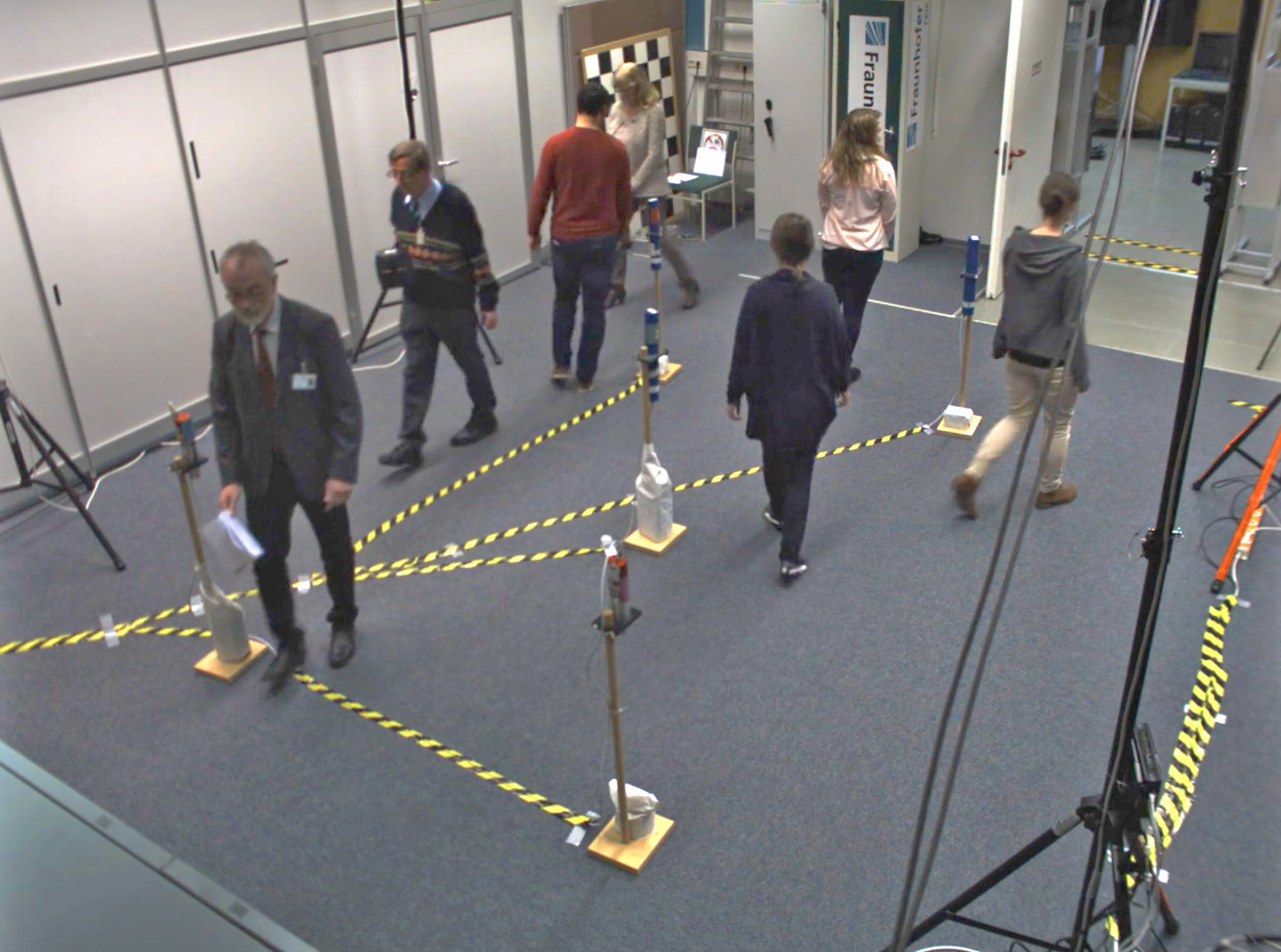Safety assistance detects dirty bombs
The threat of terrorism is increasing, and the material for dirty bombs is easy to obtain. A new system is to identify potential carriers of radioactive materials in the future.

Experts have long warned against attacks with dirty bombs. They fear that terrorists could add radioactive material to conventional explosives, which would be dispersed by the blast effect. The danger is real; the Islamic State (IS) organization, for example, claims to have radioactive materials at its disposal.
Easy to obtain
The radioisotopes required for the construction of dirty bombs, such as cesium 137, cobalt 60, americium 241 or iridium 192, are easier to obtain than fissile material for nuclear weapons. Dirty bombs are not nuclear weapons, the detonation of which involves a nuclear chain process: radioisotopes are used in many nuclear medicine departments of hospitals or in research centers. But they are also used for materials testing in industrial plants. "Five grams of cesium - distributed with a few kilograms of explosives - are enough to cause billions of dollars worth of damage, not to mention the psychosocial and health consequences. To be sure, potential bomb makers risk radiation death. But that is unlikely to deter terrorists," says Wolfgang Koch, head of the Sensor Data and Information Fusion department at the Fraunhofer Institute for Communication, Information Processing and Ergonomics (FKIE). An assistance system that detects radiological hazards in a flow of people and alerts security personnel is the Wachtberg institute's contribution to the Franco-German Rehstrain project, which is researching the vulnerability of high-speed ICE and TGV trains.
Data protection is a top priority
The assistance system is made up of several components: a sensor network, commercially available Kinect cameras, and data fusion software. The sensor network consists of gamma spectrometers that detect and classify gamma rays. "Most of the materials being considered for radiological bombs emit gamma rays that cannot be shielded. That's why we make use of these types of sensors," Koch explains. In the next stage of development, the system will recognize which substance it is and also distinguish whether it is carried on the body or whether it is in the body - for example, because a person has to take medication such as radioactive iodine for health reasons. But although individual sensors provide data on the type and intensity of the radioactive substance, they are not able to localize it. This requires a network of distributed gamma sensors linked to Kinect cameras from the gaming industry. Their advantage is that the cameras provide distance information in addition to images. Mounted on the ceiling, they perceive crowds like a mountain range of hills; in this way, even dense streams of people can be tracked precisely. "We know where a particular person is at any given time. We don't know the identity, of course - an important aspect as far as data protection is concerned," says the mathematician and physicist. Biometric recording of potential threats should only take place after sufficient suspicion, he said.
System clearly identifies hazardous substance carriers
The devices networked in this way thus record people in time and space, and the data is fused. Thanks to sophisticated mathematical evaluation algorithms, the desired information is filtered out of the huge data sets. "We make use of artificial intelligence here. With the help of the algorithms, we calculate the movement history of a person, which alone can be assigned to the measurement data of the gamma sensors. This identifies the potential assassin," explains the researcher.
Mounted at neuralgic points, i.e. in entrance areas, stairways and exits of train stations, airports or other public buildings, such assistance systems could in future transmit information about radiological hazards to surveillance systems, for example to transport operators. The question of access is up to security personnel and the police.
The Wachtberg researchers' system has already been successfully tested in the laboratory under the supervision of a radiation protection officer.
Text: Britta Widmann, Technical Documentation Editor, Fraunhofer Communications Department, Munich









